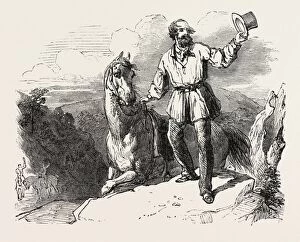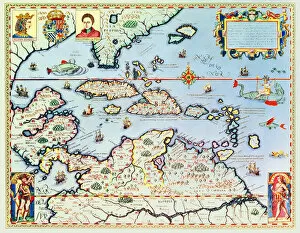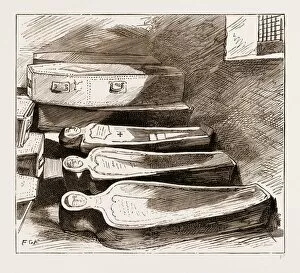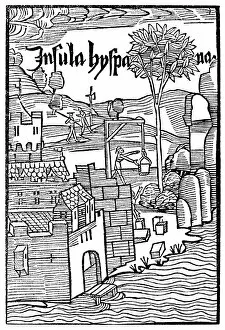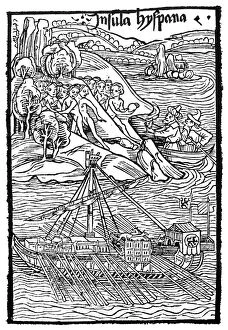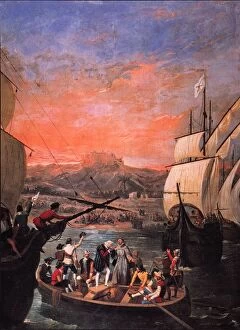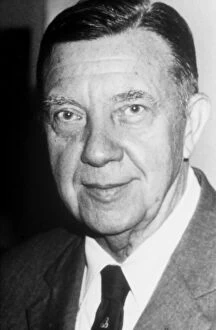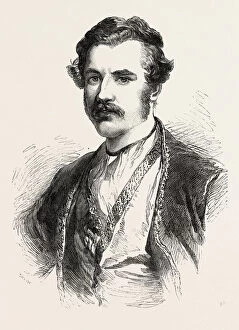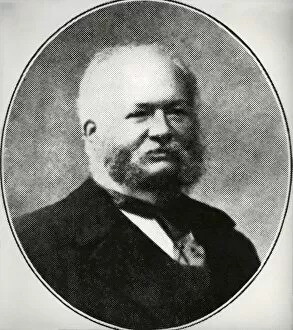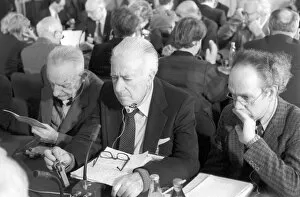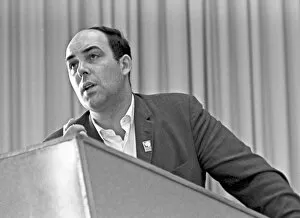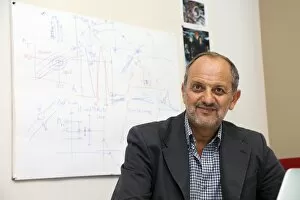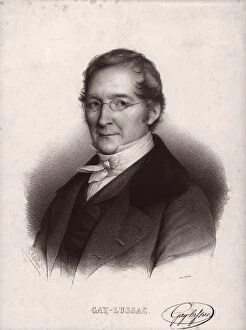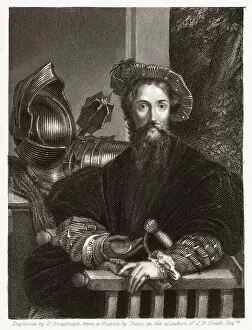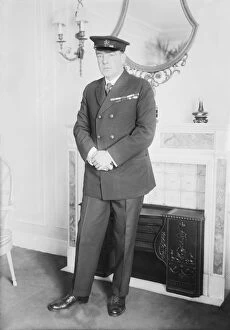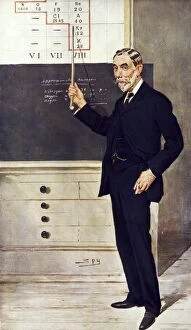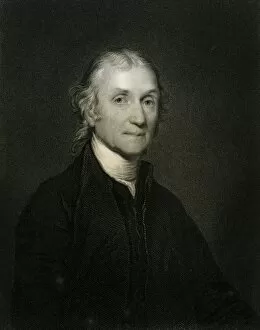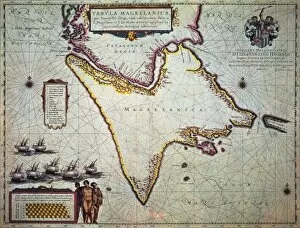Discoverer Collection (#6)
"Unveiling the Secrets: Pioneers of Discovery" In a world driven by curiosity, these remarkable individuals have left an indelible mark on the course of human knowledge
For sale as Licensed Images
Choose your image, Select your licence and Download the media
"Unveiling the Secrets: Pioneers of Discovery" In a world driven by curiosity, these remarkable individuals have left an indelible mark on the course of human knowledge. From unraveling the mysteries of DNA to exploring uncharted territories, they embody the spirit of discovery that has shaped our understanding of the world. At the forefront stands Charles Darwin, a British naturalist whose portrait captures his profound impact on evolutionary biology. His groundbreaking work in "On the Origin of Species" revolutionized our comprehension of life's diversity and interconnectedness. Joining him in this league are Watson and Crick, whose DNA discovery paved the way for modern genetics. Their portrait serves as a reminder that within every strand lies an intricate code that defines who we are. August Ferdinand Mobius, known for his contributions to mathematics and theoretical physics, reminds us that exploration extends beyond tangible realms. His legacy lives on through Möbius strips and their fascinating properties. Simpson's research into anaesthetics during the 1840s showcases how scientific breakthroughs can transform medical practices. The portrait depicts Simpson delving into uncharted territory with determination and innovation. Marie Curie's captivating gaze reflects her immense achievements as a Polish-French physicist. Her pioneering research on radioactivity earned her two Nobel Prizes and forever changed our understanding of atomic structure. The partnership between Marie and Pierre Curie exemplifies collaboration at its finest. Together, they pushed boundaries in their pursuit of scientific truth while inspiring future generations with their unwavering dedication. James Van Allen's contribution to astrophysics is symbolized by his portrait—a testament to his groundbreaking discoveries about Earth's radiation belts bearing his name today. He expanded humanity's reach beyond our planet through relentless exploration. Lastly, Willem Barentsz embarks upon his third voyage in Cornelis Claesz' map—an emblematic representation of explorers who ventured into unknown waters centuries ago.




